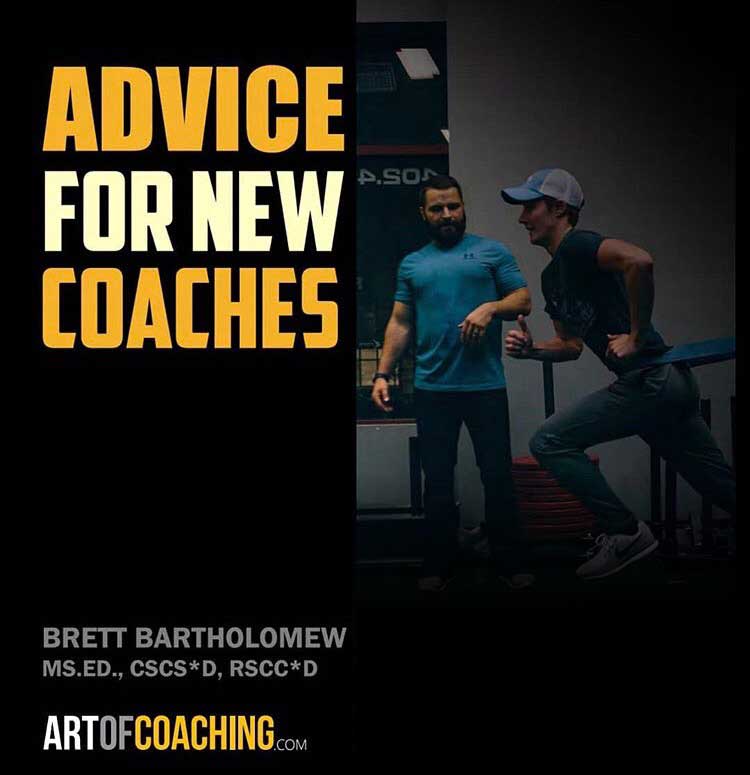From a coaching standpoint, it’s critical to understand that the terms “learning” and “performance” are NOT synonymous. Learning is a relatively permanent change in the ability to execute a motor skill across various contexts as a result of deliberate practice or experience. Performance is simple the act of executing a skill in general.
When working to develop a certain skill with an athlete or group of athletes the discerning practitioner needs to ask themselves the following questions:
- What criteria must a task meet if it is to be truly classified as a skill?
- How can you as the coach best alter the environment so that there is synchronicity between the learner, the task and the movement obstacles to be overcome?
- What is the relevance of the skill as it pertains to the sport, the position they play or task demands involved?
- Is the task representation of a discrete, serial or continuous classification?
- Is the teaching strategy you are about to employ based on your own knowledge or the athlete’s frame of reference and level of experience?
When it comes to operationalizing the art of coaching, understand that you must avoid falling prey to “the curse of knowledge” at all costs. When teaching or communicating, the more you tend to rely on your own level of knowledge or expertise as opposed to emphasizing elements of relatability gained by inquiring as to what similar concepts your athlete(s) may already be familiar with, the more likely you are to retard the learning process.
Just as all training modalities will not be a “best fit” for every athlete, not all teaching strategies are equally effective. The ability to not just realize this, but also act upon it in a fluid and adaptable manner is what separates true coaches from informed spectators.
Finally, it’s critical that when the session is finished that you have some method of session evaluation so that you as the coach can look back and reflect upon what was accomplished, what coaching strategies were used, what opportunities were missed, and how you can better alter the environment for the next session. This simple but critical step follows a simple logic chain I created and repeat to myself:
Collect
Data on how the session(s) went and if, how, when and why the objective was achieved.
Connect
After reviewing the data, consider where you could have been more clear in your instruction, or how you could better relate concepts to your athlete(s).
Create
Put a strategy in place that allows you to hit the next session on a high-note. Reinforce strategies that worked and weave them into what didn’t in order to create a higher quality “fabric” for future learning.
Using this model, and holding myself more accountable at filling out a coaching evaluation form at the end of each session, like the one included in my course helped me overcome a plethora of obstacles whose genesis was a result of my own early ignorance as to how I could best evaluate my effectiveness as a teacher.
It was only once I slowed down, filmed myself coaching, and learned how to truly dive deeper into the social science of coaching that I began to make more meaningful strides which helped me better serve the athlete.
Self-awareness isn’t just a key-term, it is a critical skill.
What are you doing to enhance your own coaching strategies and teaching methods? Share in the comments section below. Iron sharpens iron.




